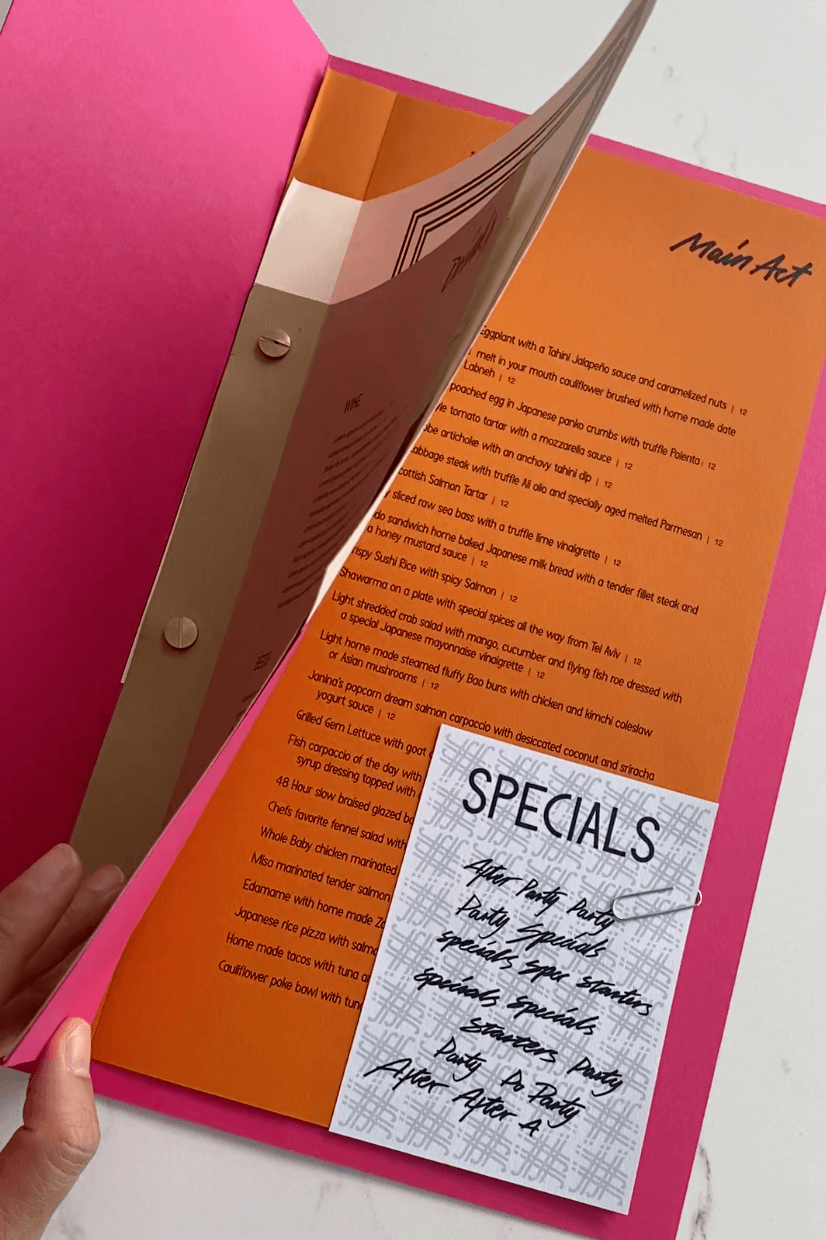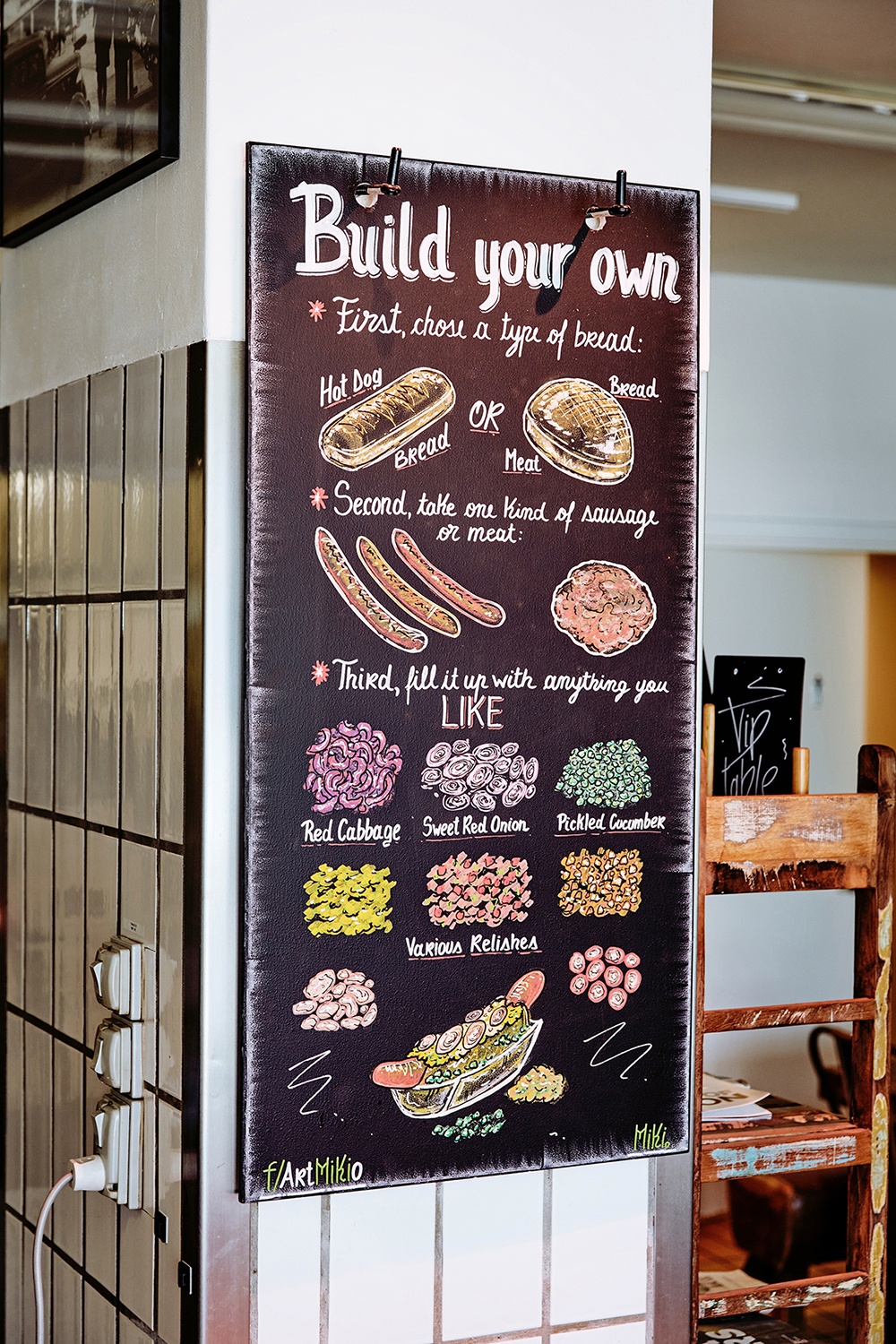How to Develop a Restaurant Menu
Your restaurant menu does more than just show people what you have to offer in terms of food here how to develop a restaurant menu. A menu may enhance customer's entire dining experience, improve your brand's perceived value, strategically influence customer purchasing decisions, and increase your profitability. However, you must have a deep understanding of your target clientele in order to create a remarkable restaurant menu.
Although it is self-evident that a restaurant's menu is critical to its success, developing an appealing menu that works for you and your customers is a complex process that takes careful consideration.
Developing restaurant menus can be divided into three essential aspects. First, you need to decide what you want to be on your menu. This is a collaborative process where the restaurant manager and chefs get to determine the dishes that essentially capture the essence of your branding.
Secondly, you need to price these dishes accordingly. The pandemic has impacted each industry, and re-opening in such a crucial time means that your menu prices need to strike the right balance between attracting customers and making a profit.
Thirdly, you need to design your menu such that it’s visually appealing, easy to read, and impressionable. This would cover your restaurant menu’s layout, any pictures you include, the font, your colour theme, and how you sequence your dishes.
Now that we’ve talked about the basics, we can discuss a few factors that you can consider while developing your restaurant menu.
1. Determine Your Key Ingredients
Make a list of the ingredients that will shine on your menu. To cut down on food prices and waste, think about how you can recycle raw foods as much as feasible. Seasonal and local ingredients will cost you less and be more desirable. The ingredients you use will ultimately determine your menu prices.
A good menu must have a well-balanced variety of ingredients. It's crucial to offer a range of foods that include chicken, beef, game meats, and fish, as well as vegetarian and vegan options. Avoid using too much of one thing; just because you have an abundance of tomatoes doesn't mean you should use them in every recipe.
2. Adding New Dishes or a Special’s Menu

While your signature dishes should remain constant, you can bring innovation to your menu by including dishes that feature rare ingredients or seasonal vegetables. Re-printing your restaurant menu is not feasible, so you can consider having a special’s menu which can feature new dishes.
3. Write Out the Descriptions
Writing additional information about the dishes can make your menu more appetizing. The descriptions should be concise and clear, highlighting the main ingredients and anything special about the dish. You can include labels to identify which dishes are vegetarian, the level of spiciness, and more.
While some labels are optional for restaurants, others are required by UK food labelling regulations, such as the name of the item, any allergenic ingredients, and a mention of whether it contains meat. Every restaurant is required to post these prominently so that guests can see them, with the majority opting to include them on their menu.
4. Limit the Choices
It's natural to want to serve as many dishes as feasible to your consumers. However, more options aren't always preferable. Customers who have too many options may end up making no decision at all. Having too many options can actually make the decision-making process more difficult.
Creating restaurant menus with limited dishes helps the customer focus more on your star dishes, i.e., the ones that earn you more profit. Ideally, 7 items in a single category are preferred.
5. Be Careful with the Layout
Your menu’s layout should match the theme, concept, and location of your restaurant. For example, playful and casual layouts are better for fast food restaurants. Formal or minimalistic layouts are suited for fine dining.
Customers read the Golden Triangle section of your menu first; hence, that is where you'll want to showcase high-margin items. The Golden Triangle covers the middle of the menu, to the top right corner, and finally, the top left corner.
Another way you can highlight your prominent dishes is by printing the menu item in bold or adding stars next to them. Highlighting one item per section is the best practice.
6. Select a Colour Theme and Font
Select a font that is easy to read and reflects the atmosphere of your restaurant. For example, script typography is better suited if your atmosphere is classy or prestigious, but sans serif typography creates a minimalistic, modern impression.
Different hues can influence purchasing decisions by evoking different reactions. As a result, clever use of colour in restaurant menus can increase sales. For instance, the colour green denotes freshness, while the colour orange promotes appetite. Yellow is a cheerful colour that is utilized to draw attention, while red can be used to induce consumers to purchase the dishes with the greatest profit margins.
7. Adding Pictures

Adding high-quality pictures of your dishes can increase sales, but only if it’s done sparingly. Too many pictures can clutter your menu and deter customers. For casual dining, you have the option of using stock images in your menus. For a more refined dining experience, though, it is better to have professional photographs of your dish taken.
Food photographs are challenging because they must be lit and captured in such a way that they appear tasty. Hiring a professional to shoot the photos for you will cost more money, and doing it yourself can have your foods looking unappealing and your menu looking unsophisticated.
Conclusion
If you design a new restaurant menu carefully, it can have a significant impact on your success. Many software tools exist that will help you build a design quickly and efficiently, with many of them including templates that you may customise for your own restaurant. However, working with a professional graphic designer is advisable if you have the option available to you.
Above all, your menu should accurately reflect your taste, ideas, and distinctive approach to dining out. Customers will be compelled and engaged by a restaurant menu developed with care, and they will return for more.
7. Adding Pictures
Adding high-quality pictures of your dishes can increase sales, but only if it’s done sparingly. Too many pictures can clutter your menu and deter customers. For casual dining, you have the option of using stock images in your menus. For a more refined dining experience, though, it is better to have professional photographs of your dish taken.
Food photographs are challenging because they must be lit and captured in such a way that they appear tasty. Hiring a professional to shoot the photos for you will cost more money, and doing it yourself can have your foods looking unappealing and your menu looking unsophisticated.
